Stargazing in North Yorkshire: Your Guide to the Dark Skies of the Howardian Hills and North York Moors
Posted on December 26th, 2025 by Sproxton Hall Cottages
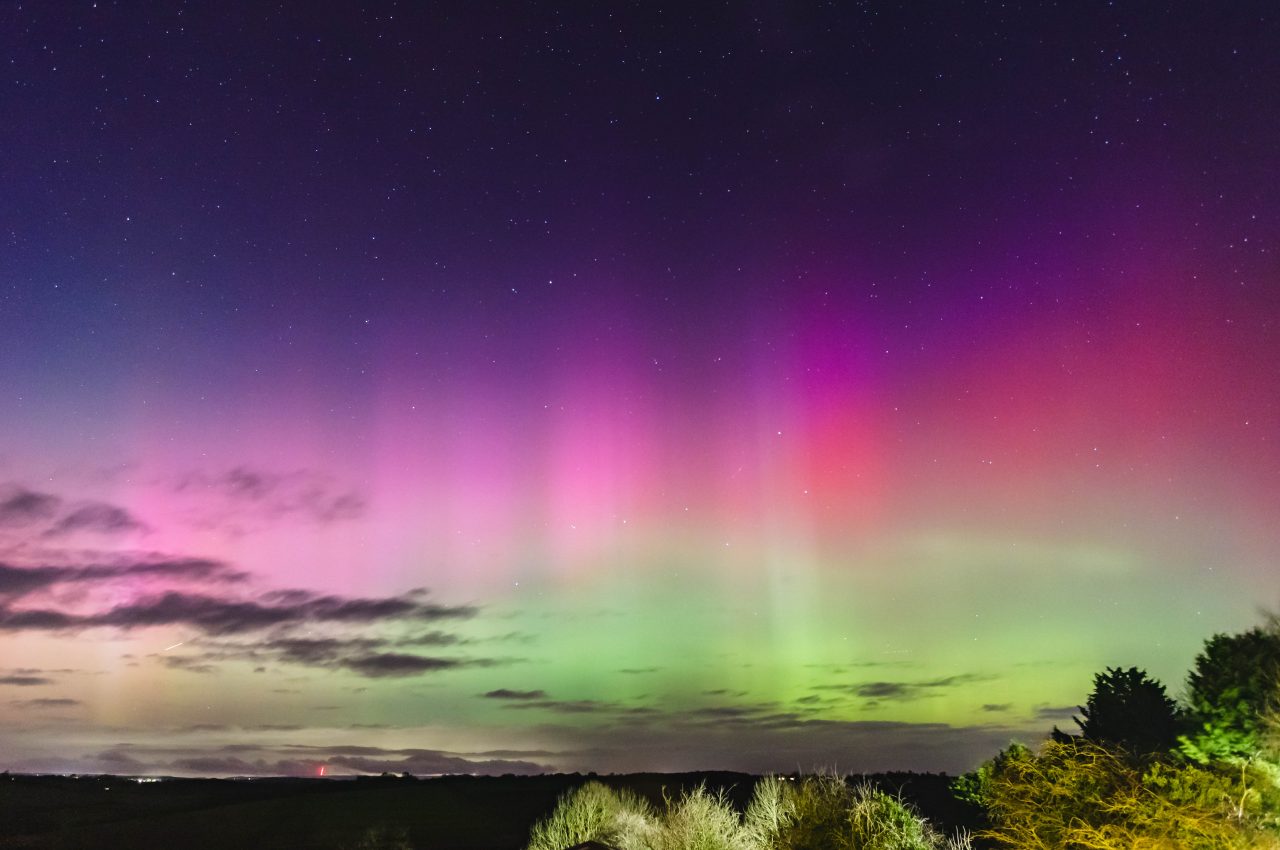
Imagine a night sky so dark that the Milky Way stretches out overhead and constellations you’ve only ever seen in books are visible. The North York Moors National Park and the Howardian Hills National Landscape offer some of the country’s most spectacular opportunities for stargazing, thanks to their exceptionally low levels of light pollution. Sproxton Hall Cottages are set in open countryside within the Howardian Hills and on the boundary with the National park so are perfectly placed and have their own with big dark skies too.
Why is North Yorkshire a Stargazer’s Paradise?
Both the North York Moors National Park and the Howardian Hills National Landscape are recognized for their pristine night skies. The North York Moors, in particular, was designated an International Dark Sky Reserve in 2020, making it one of the best places in the world to appreciate the cosmos. The secret is the combination of large, open landscapes and a low population density, which means minimal artificial light to wash out the stars.
On a clear dark night in autumn and winter you can spot up to 2,000 stars, the Andromeda Galaxy (the furthest object visible to the naked eye), the Milky Way and even catch a glimpse of the Northern Lights if conditions are right.
Stargazing in the Howardian Hills
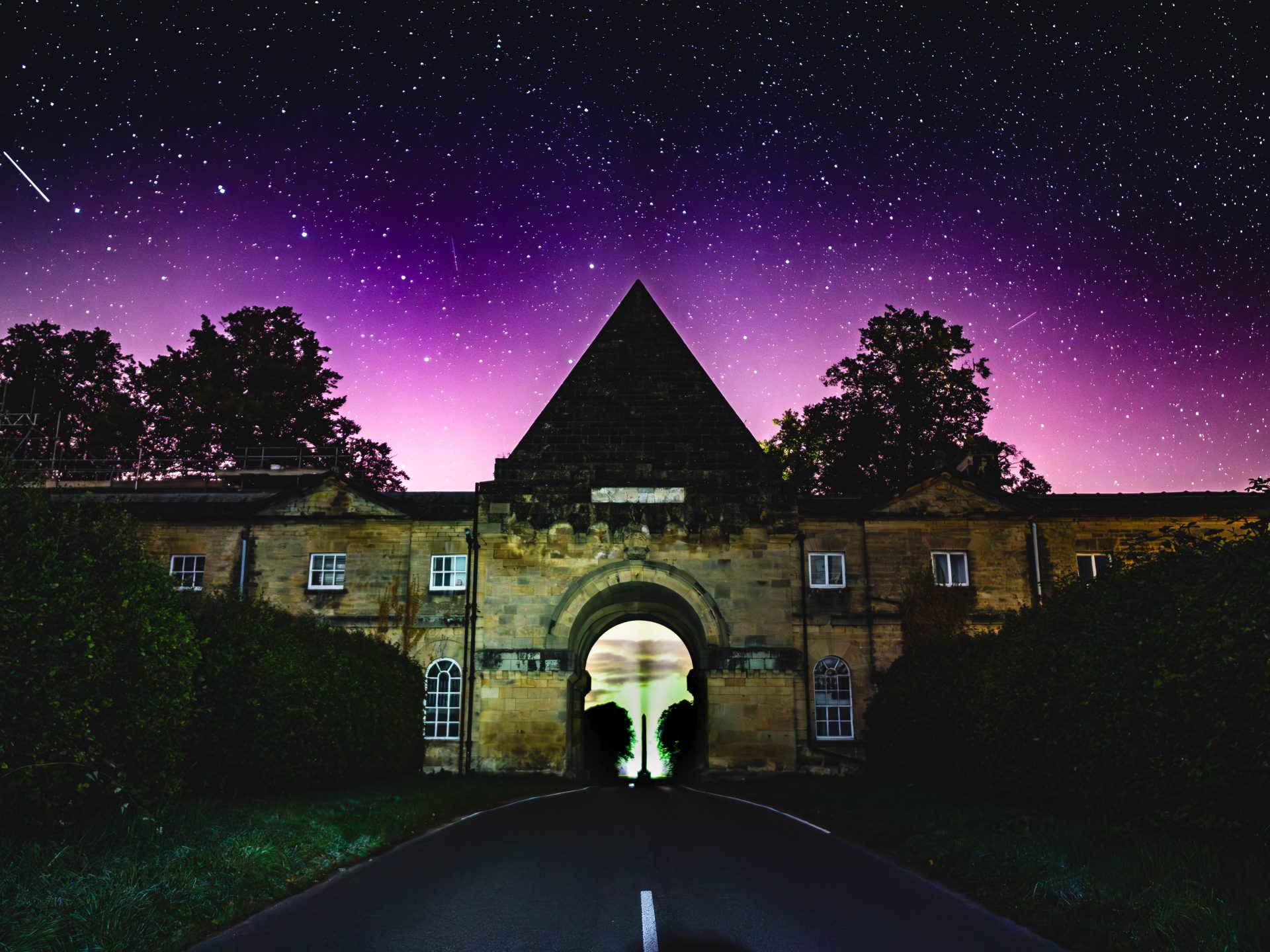
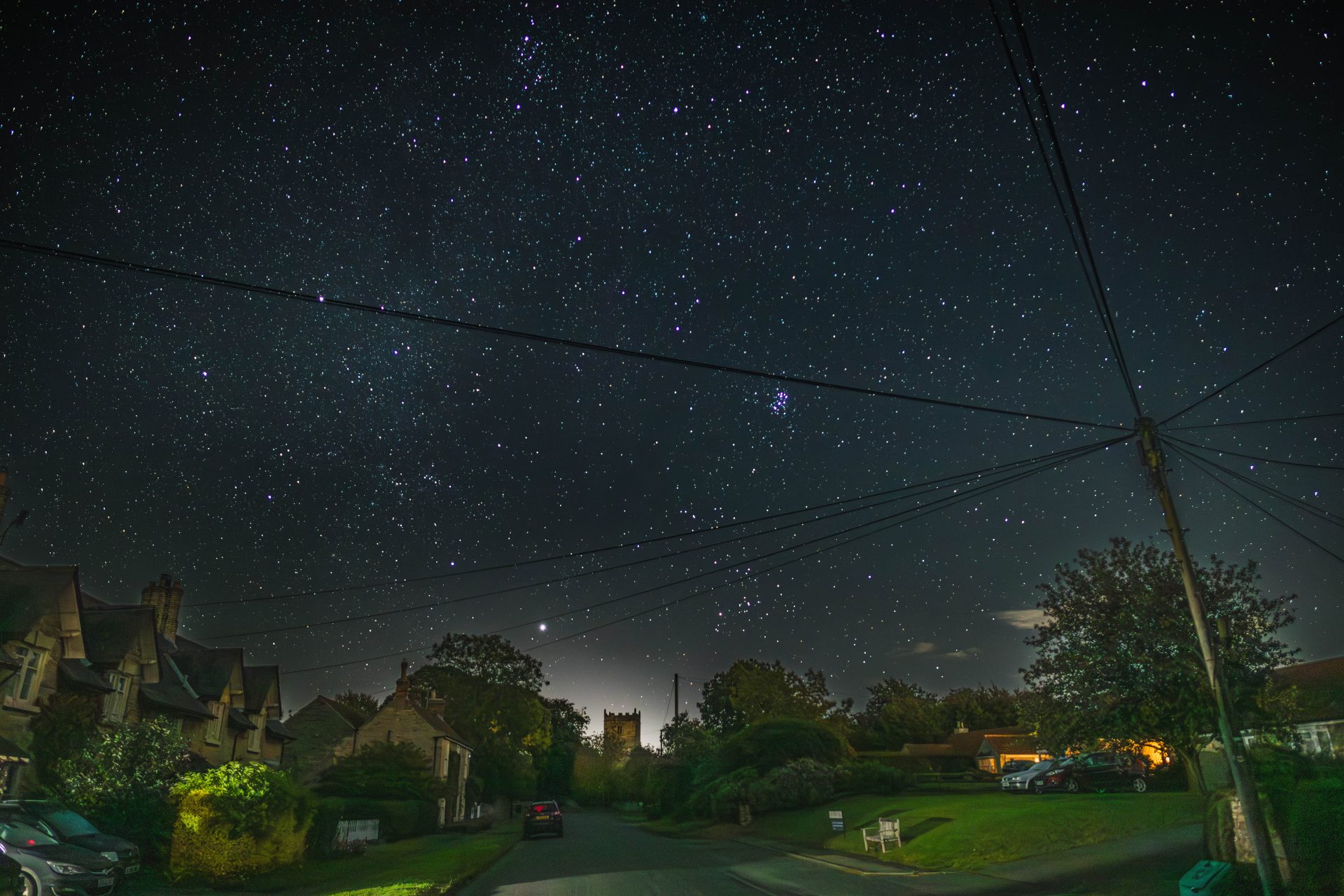
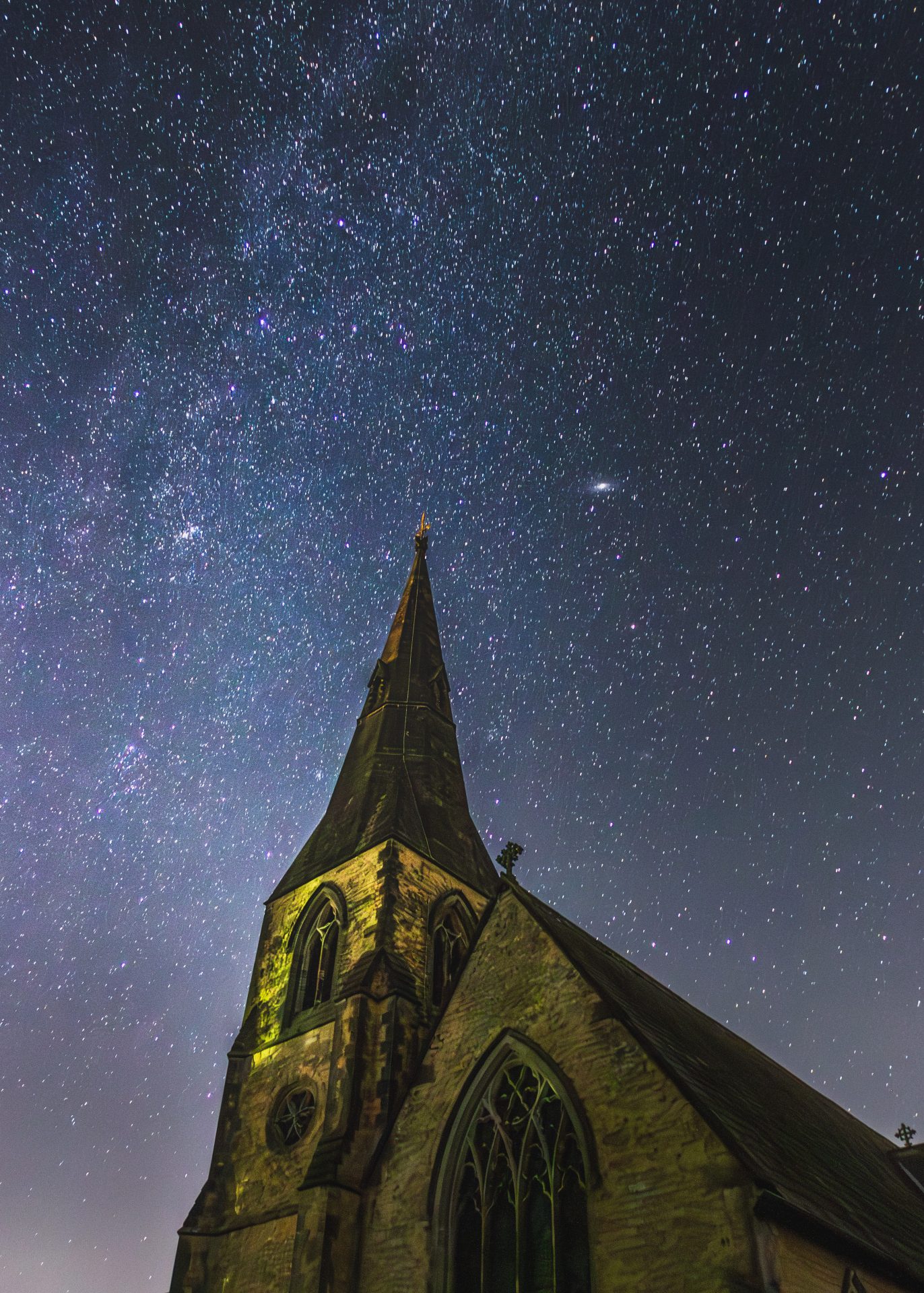
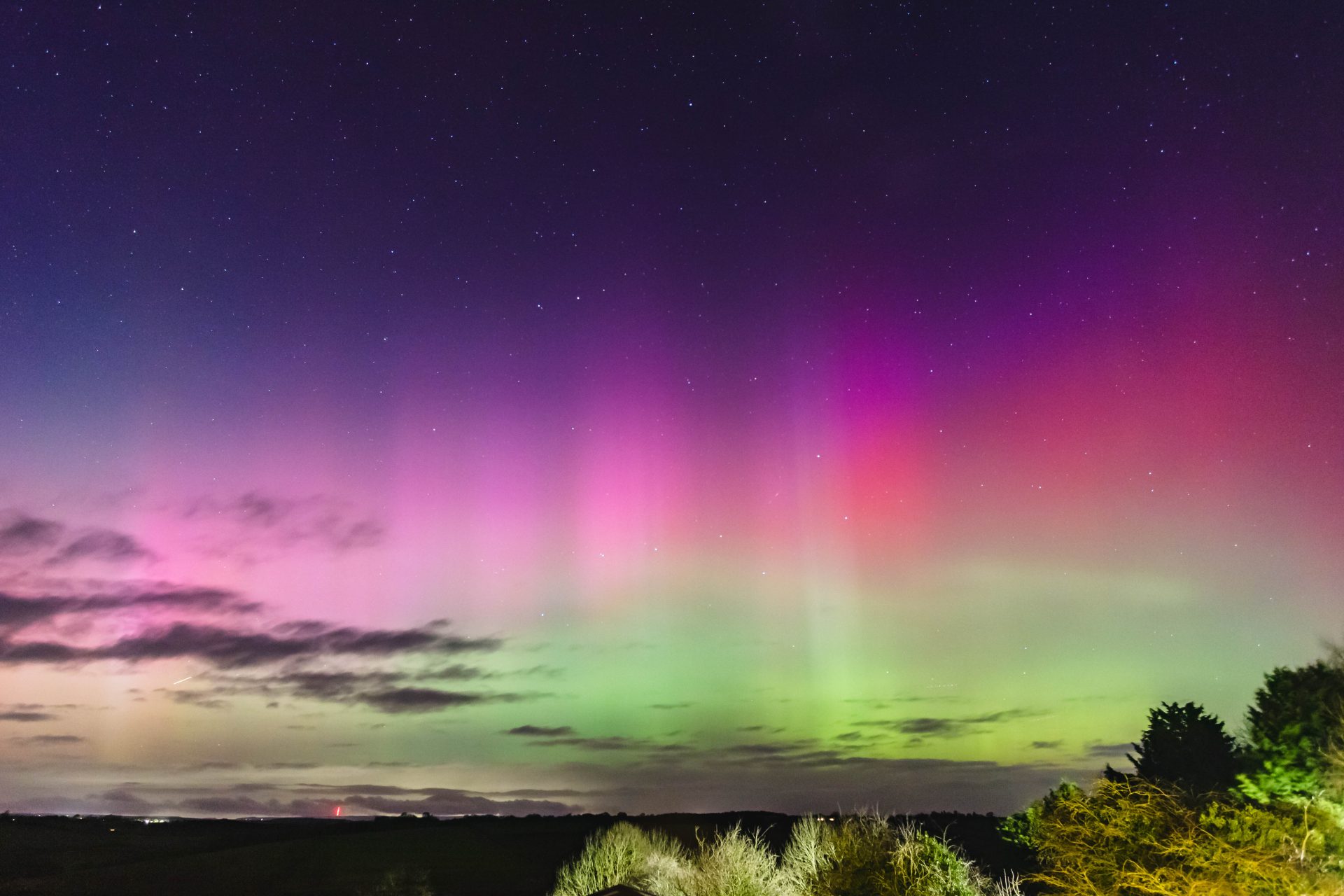
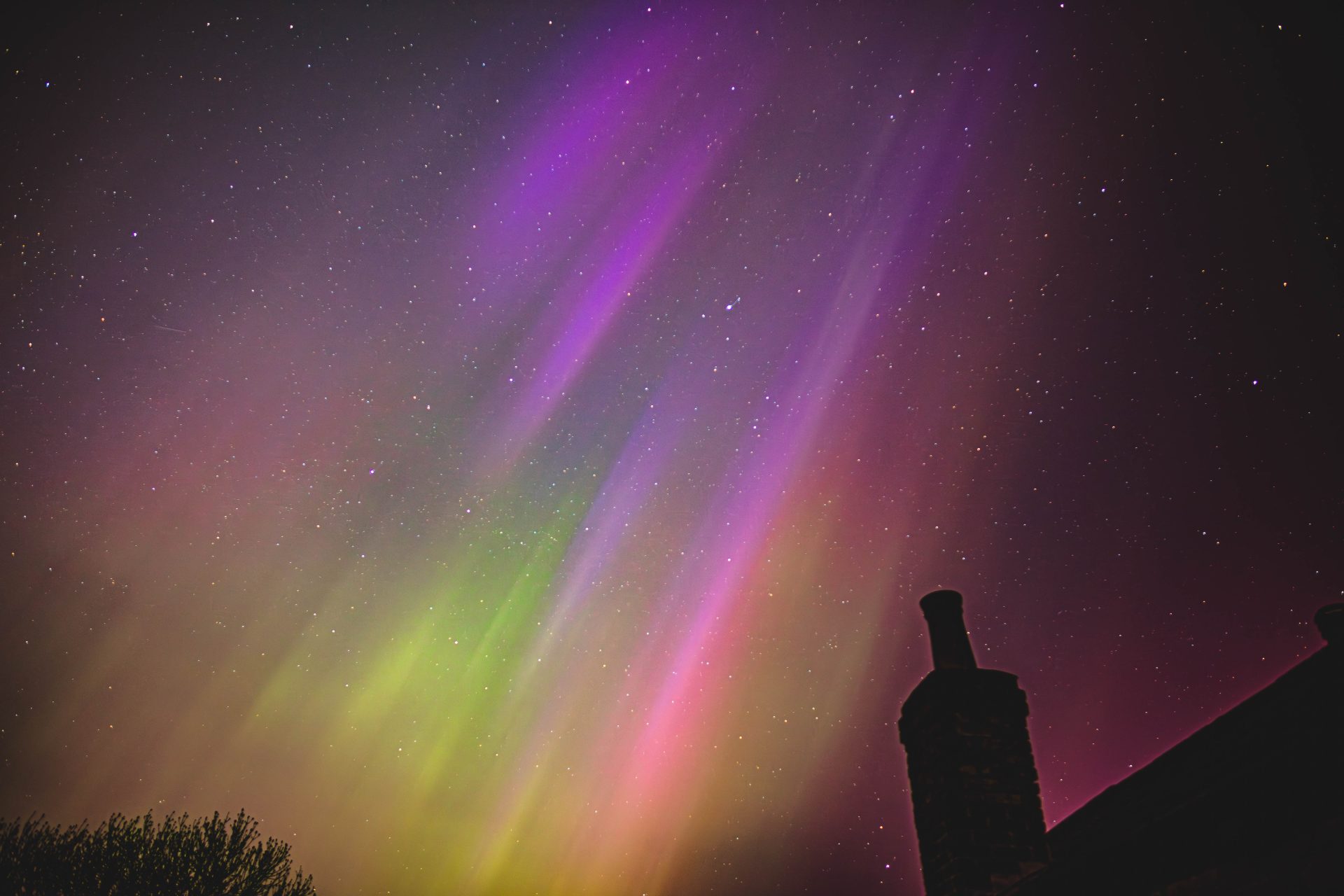
Photo credits for the night stars and Northern Lights: Chris Lowther/Howardian Hills.
The Howardian Hills National Landscape, while smaller than the national park, provides a tranquil and beautiful setting for enjoying the stars. The area is actively working on a dark skies project to protect its nocturnal environment. The area’s rolling countryside and historic landscapes and landmarks make for a beautiful foreground for astrophotography.
On a clear dark night, simply relax outside your holiday cottage with a blanket, mug of tea (or glass of mulled wine), and look up. Allow your eyes to adjust for around 10 minutes and look high towards the south east. We’ve seen many constellations and the International Space Station passing overhead without the need for binoculars or a telescope. Guests bring these on holiday with them to boost their star gazing experience.
Top Spots for Stargazing in the North York Moors
The North York Moors National Park has three designated Dark Sky Discovery Sites—locations with great public access, parking, and an excellent view of the night sky.
- Sutton Bank: Only 6 miles from Sproxton Hall Cottages and with its stunning skies (and daylight views) over the Vale of York, the Star Hub at Sutton Bank is a fantastic spot for stargazing. It features a flat viewing area, seating, and a heated pavilion for events.
- Dalby Forest: This vast forest is a popular hub for stargazing events and astrophotography. AstroDog and other local groups frequently host guided tours of the night sky with large telescopes. Dalby is popular with guests and is less than 20 miles.
- Danby Lodge National Park Centre: Located in the heart of the moors, Danby Lodge is another prime location where you can clearly see the Milky Way. It has a small stargazing area and a Dark Skies Trail for family fun. A similar distance as Dalby.
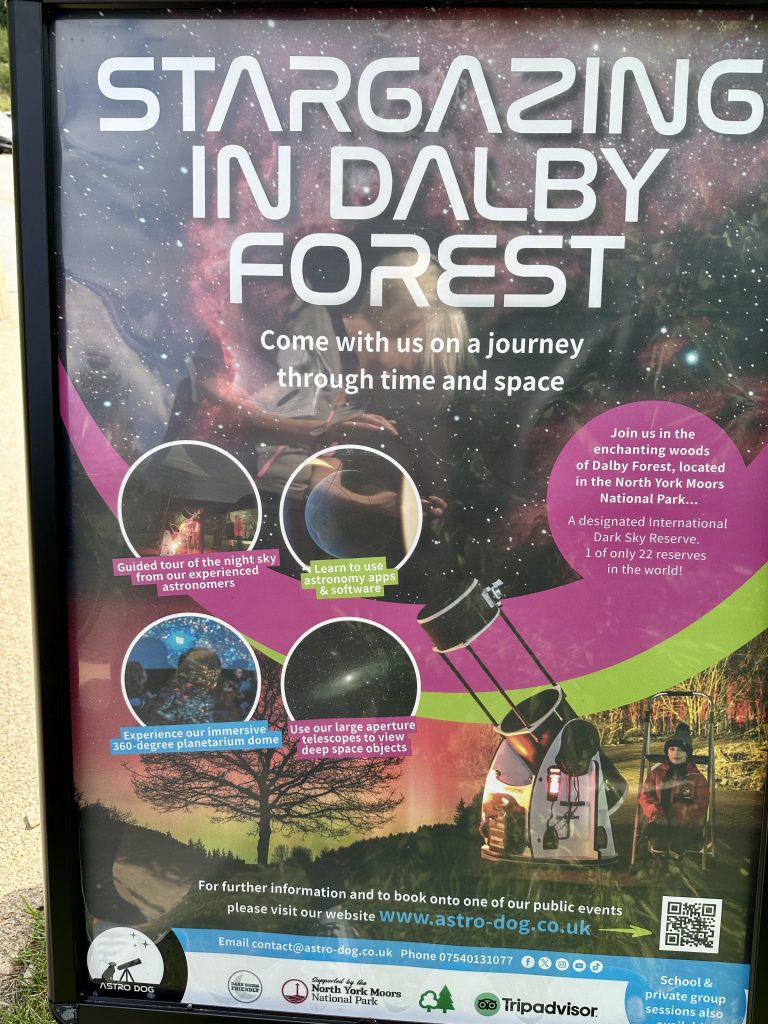
Tips for your Stargazing Trip
- Check out organised events: Don’t miss the Dark Skies Festival and the Dark Skies Fringe Festival, which take place annually in February/March and October, respectively. These events are a great way to join guided stargazing sessions, workshops, and other activities. For Dalby StarFest and more events visit: Go Stargazing
- Check the Weather and Moon Phase: The best nights are clear, cloudless, and moonless. A new moon period is ideal for the darkest skies. Check out the apps below.
- Time Your Visit: The best time for stargazing is during the autumn and winter months when the nights are longer and the air is crisp and clear.
- Bring the Right Gear: While the naked eye is enough to see a lot, binoculars or a telescope can enhance your experience. A red-light torch is recommended, as it preserves your night vision (choose a torch with the options of red and white light – so you can also see where you are going!).
Whether you’re an experienced astronomer or a curious newcomer, the dark skies of North Yorkshire offer an unforgettable experience. Next time you’re looking for a peaceful escape, book up (at Sproxton Hall Cottages) and look up (you might be amazed at what you see).
Sproxton Hall Cottages is working towards becoming a Dark Skies Friendly business over the coming months. We already have big dark skies with uninterrupted views and we’re planning to upgrade our lighting and provide some star gazing resources.
Timing your Holiday
Here is some advice from local expert, Richard Darn:
“Mid-summer nights don’t get properly dark so you don’t see many stars. During the rest of the year the only obstacles are the weather and the moon. The latter is a wonderful object to view with a telescope or binoculars, but its light does wash out the fainter stars. The starriest view of the heavens comes when the moon is out of the way – the so-called new moon period.…But of course the moon itself is an attraction. The best time to view it is when it is in a partial phase, for instance first quarter. Planets are all unaffected by the moon’s presence and Jupiter, Saturn, Venus and Mars can all be observed when above the horizon.
Our view of the stars also changes through the year as the Earth orbits the Sun so there’s always something new to see. For example the Milky Way is best observed when it is high in the sky at a convenient time – that occurs during Autumn evenings. Some of the most sparkling skies occur in the winter when the magnificent constellation of Orion hovers above the southern horizon well before midnight. Spring is a good time to see brighter galaxies”.
Richard provides more information on his website Dark Skies UK and on X: @RichDarn1
For the next meteor showers consider visiting around these dates: Orionids 21 October, Geminids 13/14 December.
Getting started and staying up to date
Apps and website can help you find the best times to go star gazing and to identify what you are looking at:
- Aurora Watch UK – the Northern Lights are unpredictable so using an app gives you advance notice. Generally over the next year, the current increased frequency of sightings is likely to continue.
- Google Sky Map – identifies the stars using GPS when you hold up the phone to the sky.
- Star Walk 2 – similar to the above, but IoS platform.
- Meteor Shower Calendar – tells you which showers are due and the influence of the moon on visibility.
- Sky Safari – a very popular app and is a superior planetarium style programme.
- ISS Detector and ISS Spotter – both will alert you when the International Space Station is due to pass overhead. We have enjoyed seeing the ISS overhead whilst enjoying a BBQ.
- APT Darkness Clock – Will tell you when the sky is due to be completely dark without moonlight.
